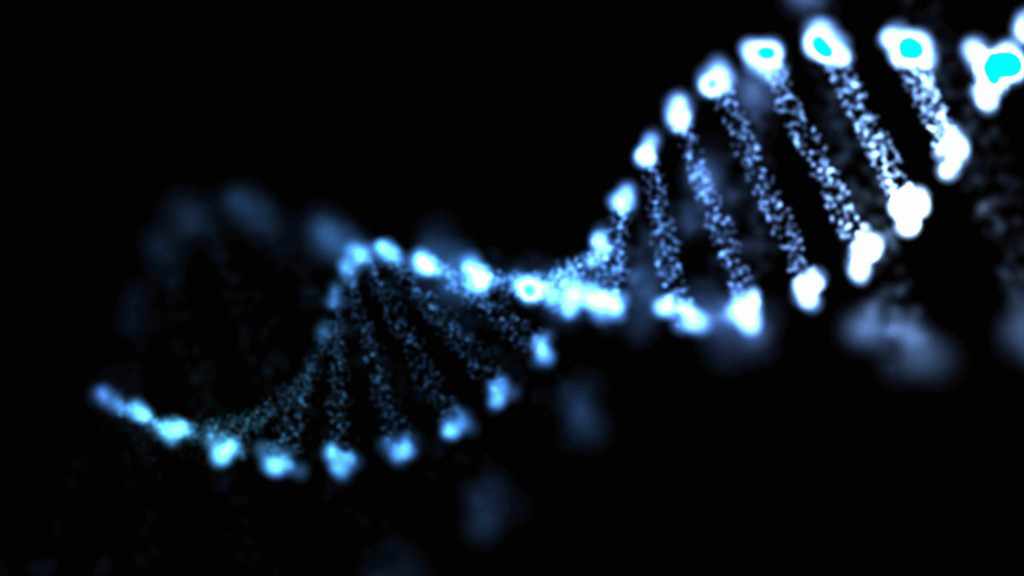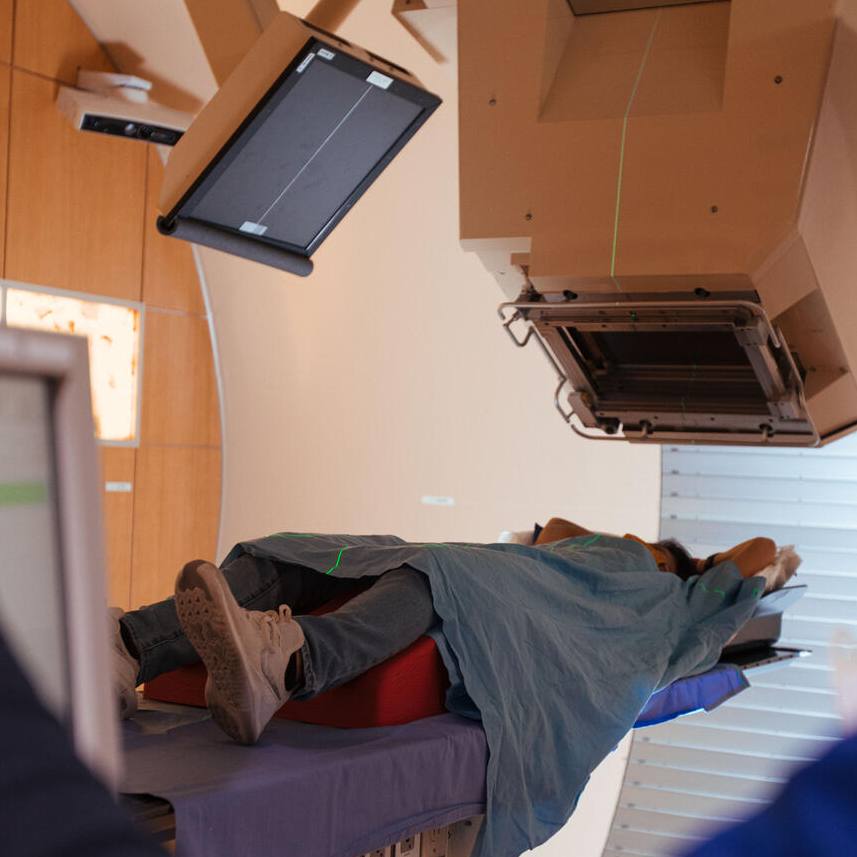-
Mayo Clinic researchers identify genes fueling neuroblastoma spread

ROCHESTER, Minn. ─ For the first time, Mayo Clinic researchers and colleagues present data on how nervous system tumors, called neuroblastomas, spread. Their paper, published in Cancer Cell, clarifies the relationship between two genes that fuel the aggressive spread of neuroblastomas.
Neuroblastoma is a cancer that most commonly affects children age 5 or younger, though it may rarely occur in older children. The cancer develops from immature nerve cells found in several areas of the body but most commonly arises in and around the adrenal glands, which have similar origins to nerve cells and sit atop the kidneys.
Like other cancers, neuroblastoma characteristics are linked to genetic alterations.
“Increased expression of the LMO1 gene is associated with aggressive, high-risk neuroblastomas,” says Shizhen Zhu, M.D., Ph.D., lead author on the paper and a biomedical researcher at Mayo Clinic. “Our genetic analyses using zebra fish demonstrates for the first time that LMO1 cooperates with the MYCN gene to accelerate tumor onset and increase tumor penetrance.”

Two strains of zebra fish, developed at Mayo Clinic’s Zebra Fish Facility, were engineered to express either LMO1 or MYCN at high levels.
“We developed the first zebra fish model of neuroblastoma metastasis to uncover the molecular mechanism underlying LMO1-mediated neuroblastoma spread, because this is a major problem in two-thirds of the children who have high-risk disease at diagnosis,” says Dr. Zhu.
As the authors report in the Cancer Cell paper, the two strains of zebra fish were interbred. In the fish expressing both MYCN and LMO1, the authors observed tumor development in 80 percent of the offspring by 24 weeks of age. In offspring expressing only the MYCN gene, tumors developed in only 20 to 30 percent during the same time period.
“This is the first evidence in an animal model that high levels of LMO1 expression promote metastasis of MYCN-induced neuroblastoma,” says Dr. Zhu. “The mechanism to account for this, according to our findings, is the dysregulation of genes associated with the extracellular matrix.”
The extracellular matrix is the material that exists between cells. It includes structural and chemical elements that link cells physically and in terms of communication. In zebra fish expressing both genes, markers of stiffness increased in the extracellular matrix. The authors suggest that high level of LMO1 expression changes expression of genes controlling the extracellular matrix. And that may, in turn, lead to alterations that benefit tumor growth and spread.
Knowing how LMO1 contributes to neuroblastoma aggression does not directly apply to patients today says Dr. Zhu. But she emphasizes that this zebra fish model is vital to address the unmet needs of patients in the future.
“Our zebra fish model of neuroblastoma with transgenic expression of LMO1 and MYCN should provide a valuable platform for evaluating the effects of drugs to prevent or inhibit neuroblastoma metastasis going forward,” says Dr. Zhu. Her laboratory is conducting follow-up studies based on the unique zebra fish model from this study to translate the knowledge into effective therapies.
In addition to Dr. Zhu, other authors currently at Mayo Clinic are:
- Xiaoling Zhang, Ph.D.
- Zhiwei Dong, Ph.D.
- Cheng Zhang, Ph.D.
- Choong Ung, Ph.D.
- Janine Van Ree, Ph.D.
- Brittany M. Salazar
- Hong Cao, M.D.
- Xiaonan Hou, Ph.D.
- Saravut Weroha, M.D., Ph.D.
- Mark McNiven, Ph.D.
- Jan van Deursen, Ph.D.
- Hu Li, Ph.D.
Authors from Dana-Farber Cancer Institute, Harvard Medical School, Children’s Hospital of Philadelphia, and the University of Auckland are listed in the publication.
The authors report no conflict of interest. Funding for this work was provided by many sources, including the National Cancer Institute, the U.S. Department of Defense, Mayo Clinic’s Center for Biomedical Discovery, Mayo Clinic Cancer Center, and Mayo Clinic’s Center for Individualized Medicine. A full list of funding support appears in the publication.
###
About Mayo Clinic
Mayo Clinic is a nonprofit organization committed to clinical practice, education and research, providing expert, comprehensive care to everyone who needs healing. For more information, visit mayoclinic.org/about-mayo-clinic or newsnetwork.mayoclinic.org.
MEDIA CONTACT
Sara Tiner, Mayo Clinic Public Affairs, 507-284-5005, newsbureau@mayo.edu







